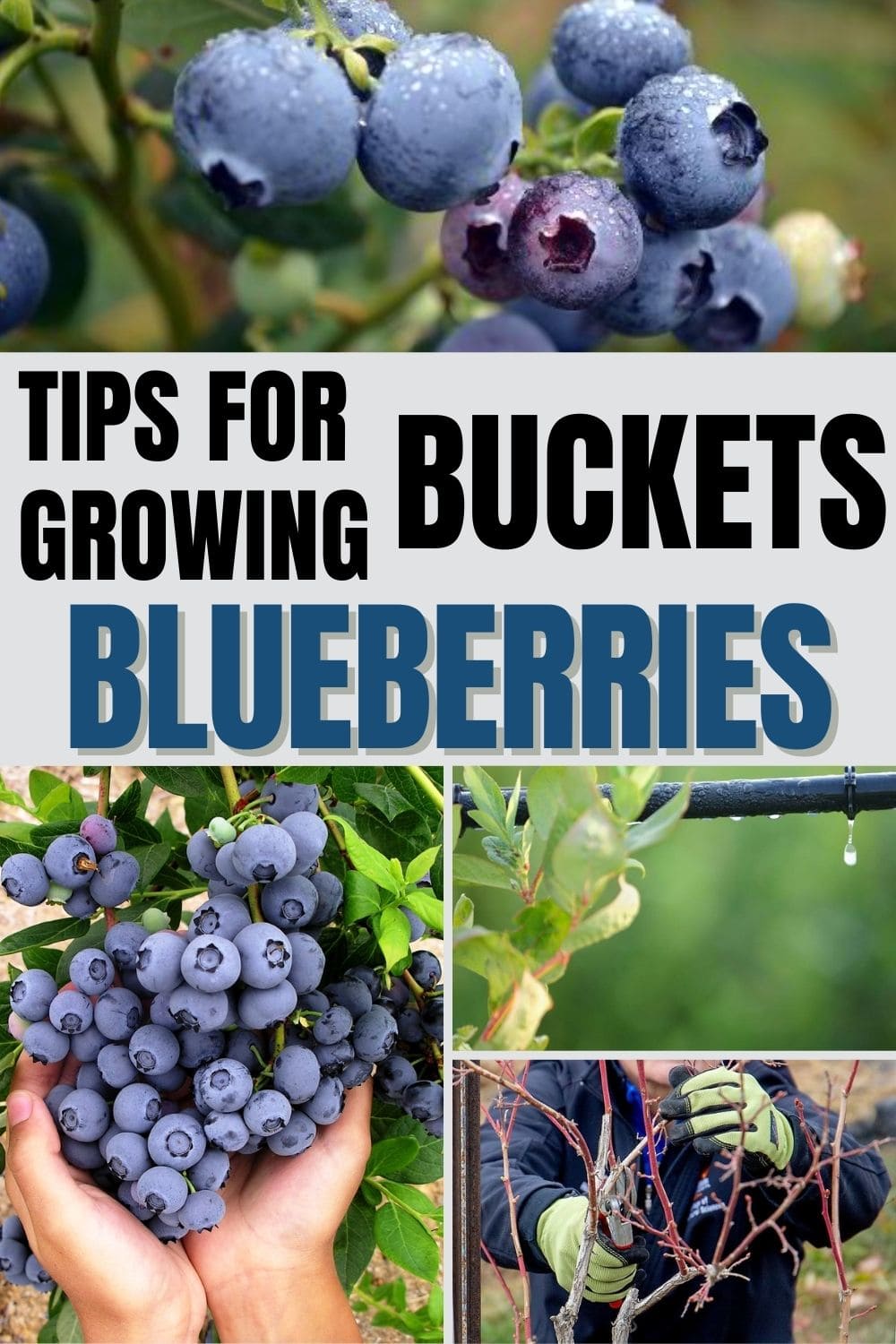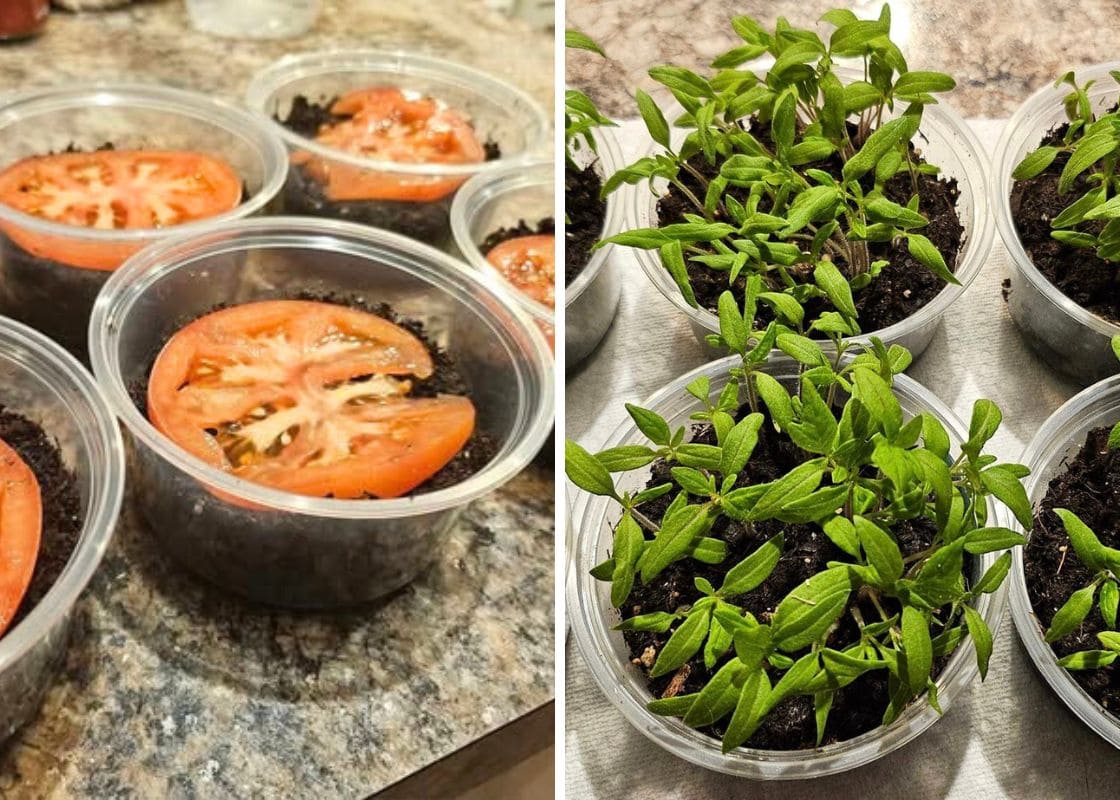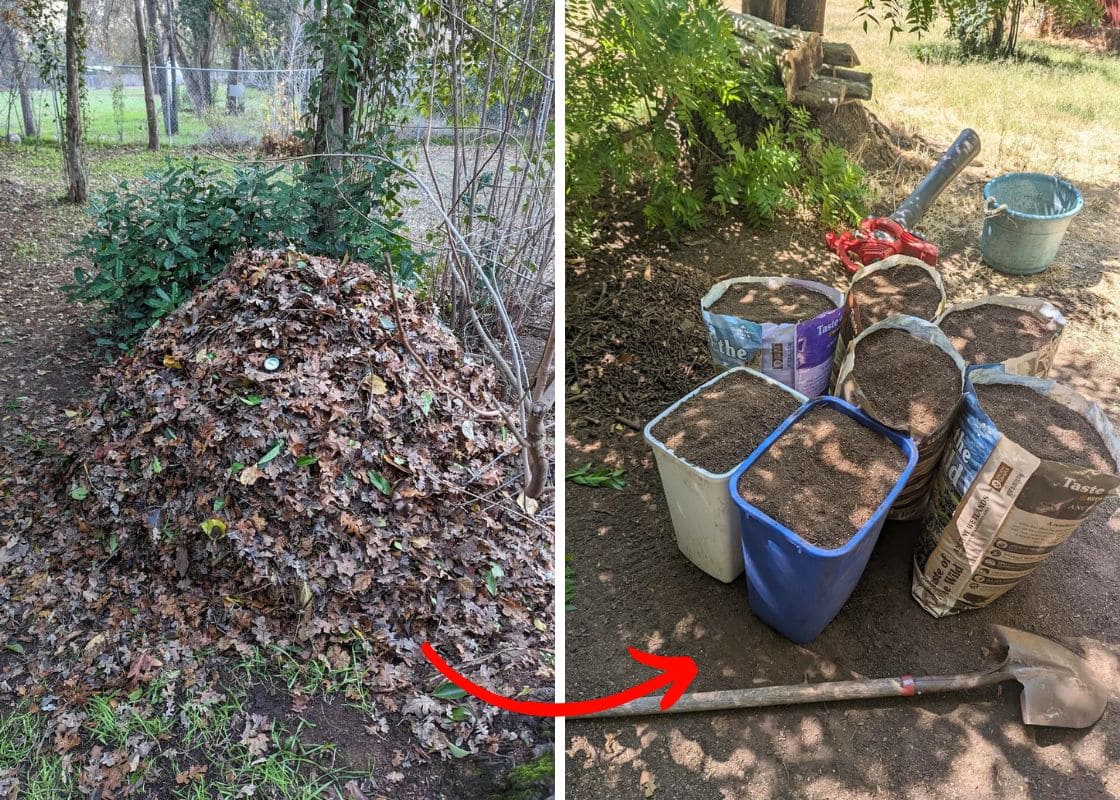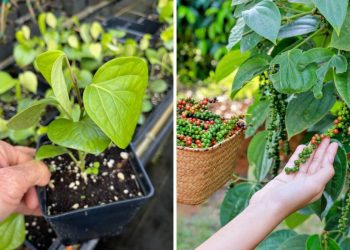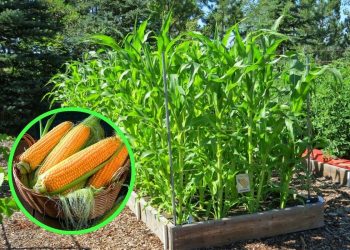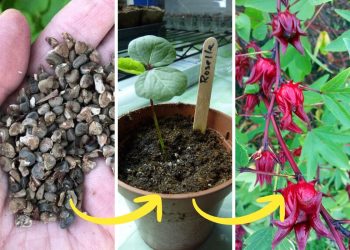There’s nothing quite like the taste of homegrown blueberries, plump, juicy, and bursting with flavor. If you’ve ever dreamed of picking full buckets of blueberries right from your own backyard, you’re in the right place.
Blueberries might seem like a tricky crop, but with the right approach, you can grow them successfully, whether you have a large garden, a small patio, or just a sunny balcony.
I’ve been growing blueberries for years, and I can tell you firsthand that once you understand their needs, these plants reward you with an abundant harvest year after year.
Choosing the Right Variety for Your Climate
Not all blueberries are created equal, and one of the biggest secrets to success is picking the right variety for your region. There are three main types of blueberries:
- Highbush Blueberries (Vaccinium corymbosum): Perfect for moderate and cooler climates, these are the ones you usually find in grocery stores. They grow best in USDA zones 4-7.
- Rabbiteye Blueberries (Vaccinium virgatum): Ideal for hot and humid areas, these thrive in the southern states, handling heat better than other types. USDA zones 7-9.
- Lowbush Blueberries (Vaccinium angustifolium): These are the wild blueberries, known for their intense flavor and ability to survive harsh winters. Best for zones 3-6.
If you live in a region with unpredictable weather, consider half-high varieties, which are hybrids of highbush and lowbush blueberries, offering hardiness and great yields.
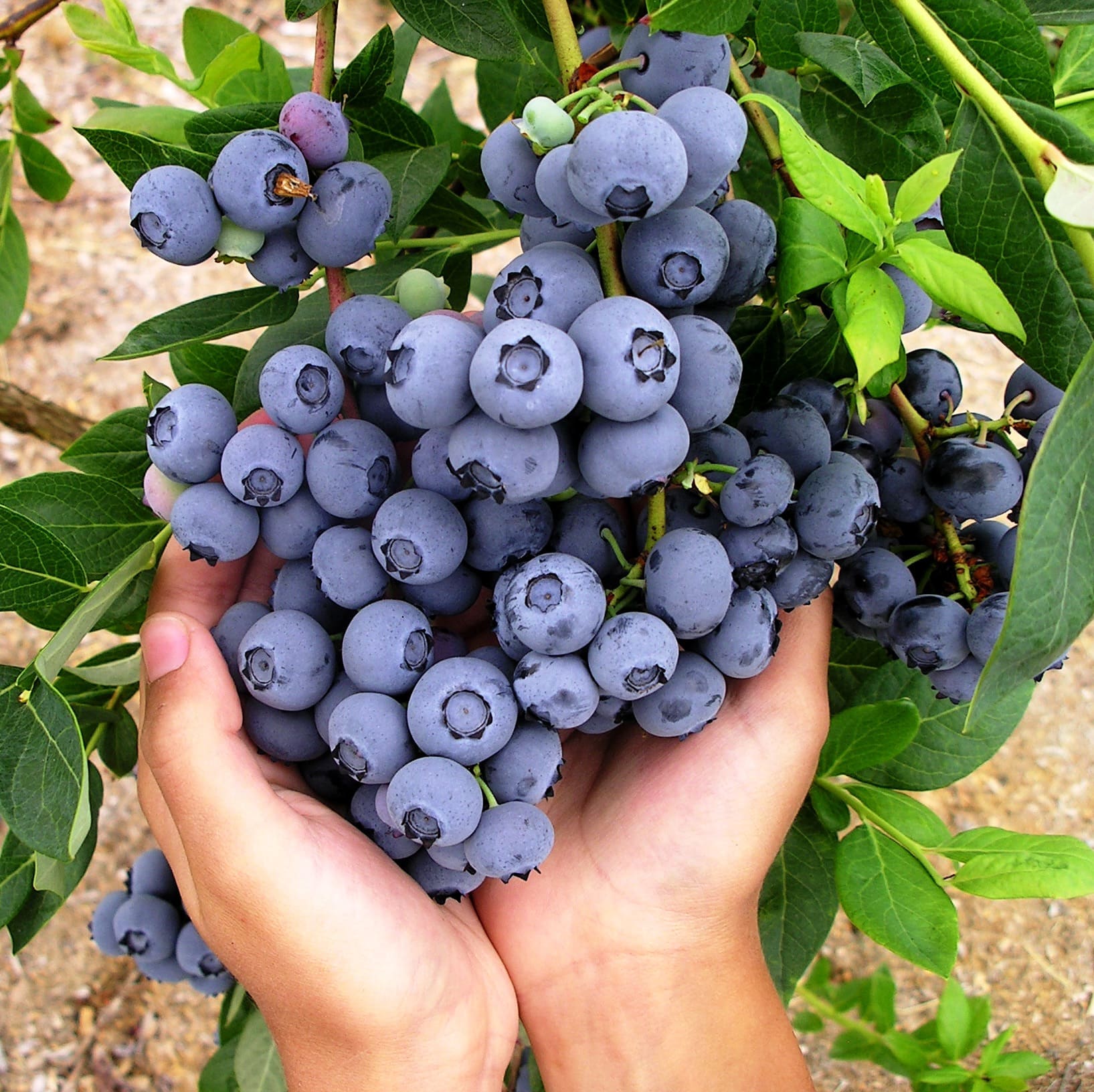
The Secret to Perfect Soil
Blueberries are picky about soil, but if you get it right, you’ll be rewarded with abundant fruit. They need acidic soil with a pH between 4.5 and 5.5.
If your soil is too alkaline, your plants will struggle to absorb nutrients, leading to weak growth and few berries. I always recommend testing your soil first if the pH is too high, you can lower it by adding:
- Peat moss when planting
- Pine needles as mulch
- Sulfur for long-term acidification
- Coffee grounds in small amounts
Blueberries also thrive in loose, well-draining soil. If your soil is heavy clay, amend it with compost and sand to improve drainage, or grow your blueberries in containers with a mix of peat moss, pine bark, and perlite.
Sunlight and Watering Needs
Blueberries love the sun! To get those full buckets of fruit, you’ll need at least 6-8 hours of direct sunlight per day.
If they get too much shade, you’ll end up with fewer and smaller berries. If you’re short on garden space, position pots on a sunny patio or balcony to maximize exposure.
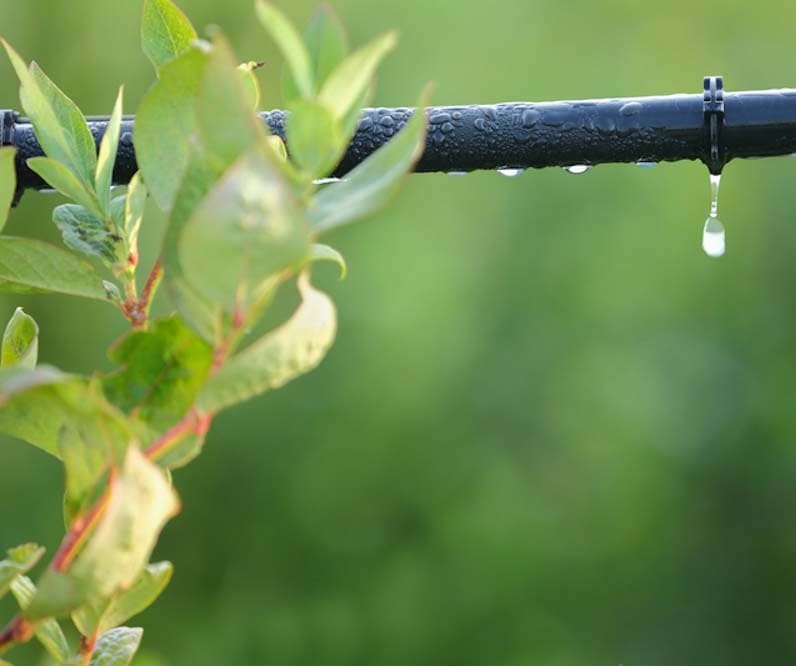
When it comes to watering, consistency is key. Blueberries have shallow roots and dry out quickly, so I always make sure to keep the soil evenly moist but not soggy.
Drip irrigation or soaker hoses are ideal since they provide steady moisture without waterlogging the roots.
Planting Blueberries for Maximum Yield
When planting, spacing is crucial. I like to give my highbush blueberries about 4-5 feet apart and lowbush types around 2 feet apart to allow good air circulation and growth.
If you’re planting in containers, choose pots that are at least 18 inches wide and deep.

Dig a hole twice as wide as the root ball, mix in peat moss, and plant so that the roots are just covered with soil.
Mulch is a must! A thick layer of pine bark, wood chips, or straw helps retain moisture, suppress weeds, and maintain soil acidity.
The Power of Cross-Pollination
While some blueberries are self-fertile, planting at least two different varieties will dramatically increase your yields.
Cross-pollination encourages better fruit set and larger berries. I always plant a mix of early, mid, and late-season varieties to enjoy a longer harvest.
Pruning for Productivity
Many gardeners are afraid to prune, but trust me, pruning is the secret to bigger, healthier harvests.
Young blueberry plants don’t need much trimming, but once they’re a few years old, removing old and weak branches stimulates new growth and improves fruit quality.
The best time to prune is late winter or early spring, before new buds break.
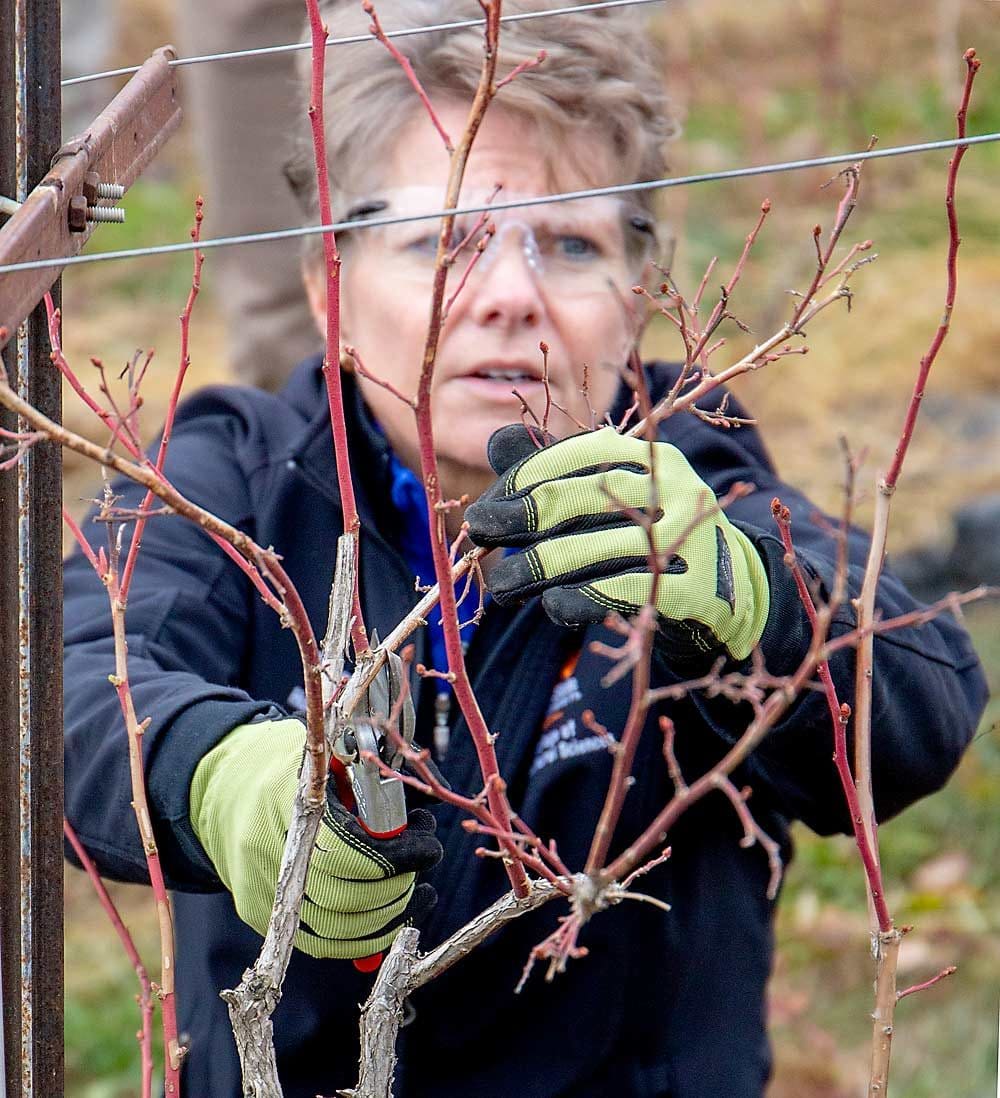
Fertilizing Without Overfeeding
Blueberries don’t like strong fertilizers, and too much nitrogen can reduce fruiting.
I use a slow-release, organic fertilizer formulated for acid-loving plants in early spring and again after harvest. Fish emulsion, compost tea, or an organic berry fertilizer work well without overwhelming the plants.
Protecting Your Crop from Pests and Birds
If you’ve ever grown blueberries, you know that birds love them just as much as we do. Netting is essential if you want to keep your harvest to yourself.
I use a fine mesh net draped over a simple frame to prevent birds from reaching the berries while still allowing air circulation.
Common pests like aphids and spider mites can be controlled by spraying neem oil or introducing ladybugs into the garden. Mulching and good spacing also help prevent fungal diseases.
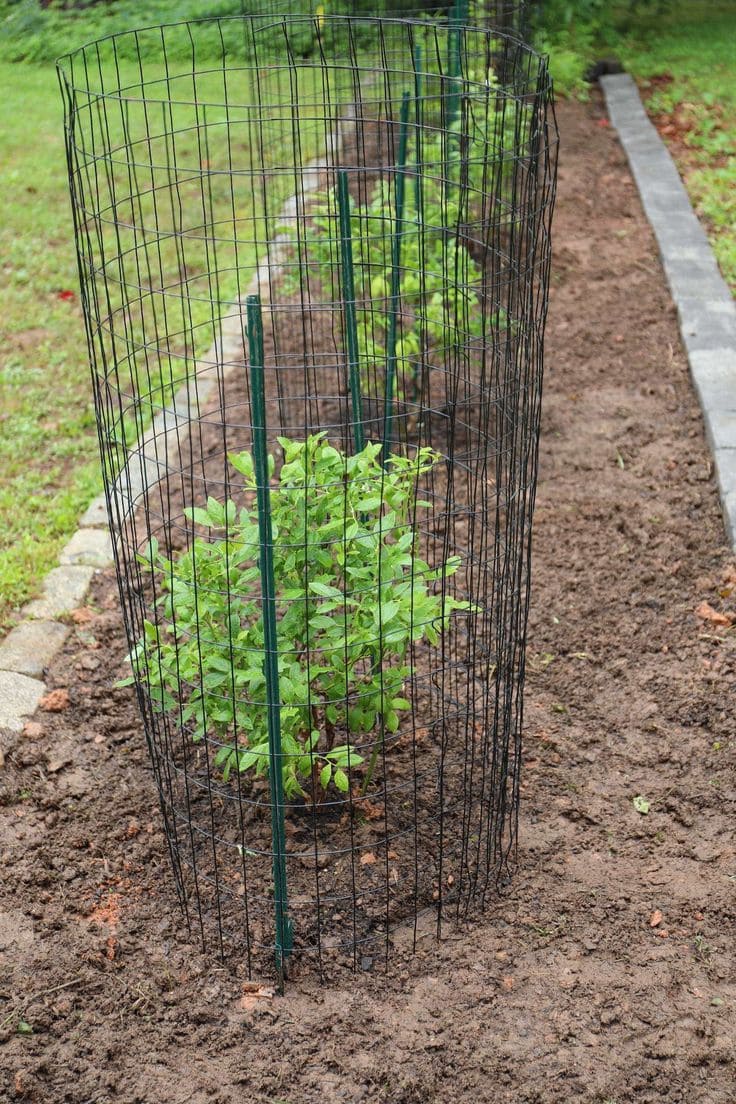
Harvesting at Peak Ripeness
The best part of growing blueberries is, of course, the harvest! Unlike some fruits, blueberries don’t ripen after picking, so wait until they turn deep blue and easily fall off the stem.
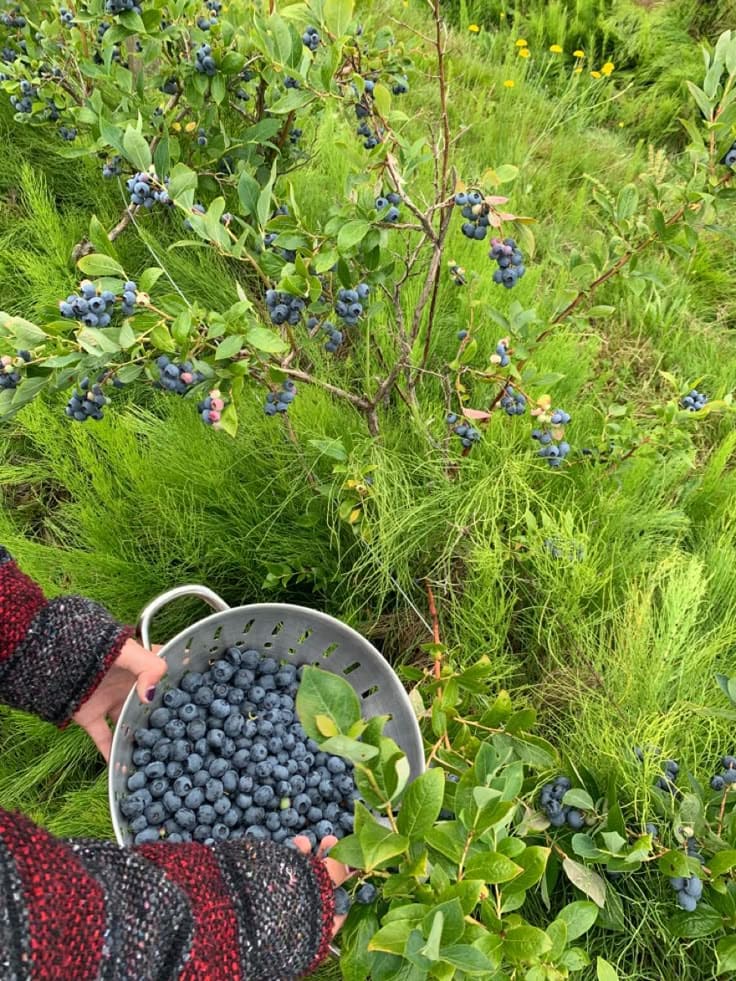
Gently roll them off into your palm if they resist, they’re not quite ready. Freshly picked blueberries can last up to two weeks in the fridge, or you can freeze them for year-round enjoyment.
